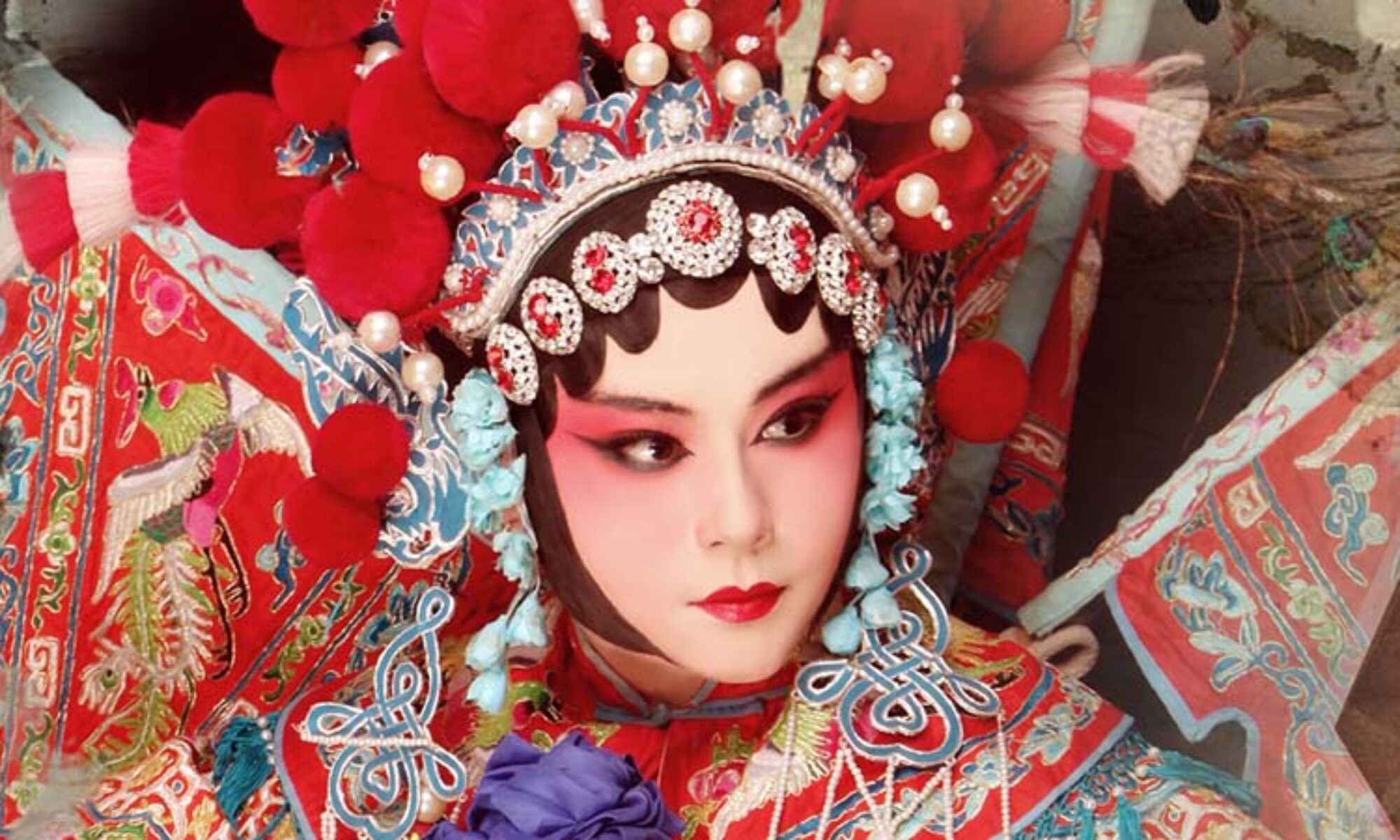
Tibetan Dance: Preserving Culture through Vibrant Movements
Tibetan dance occupies an important place in the rich fabric of Tibetan culture and religion. This art form demonstrates a deep connection to spirituality and tradition that has been passed down from generation to generation. With its vivid costumes, intricate movements, and incorporation of religious themes, Tibetan dance is a captivating representation of the Tibetan way of life.
Tibetan dance serves as an effective means of preserving and promoting Tibetan culture. It is an integral part of various festivals, rituals and religious ceremonies, allowing Tibetans to celebrate their identity and express their spiritual beliefs. Tibetan people commemorate historical events, honor their gods and pay tribute to their ancestors through the art of dance.
Religion plays a central role in Tibetan dance, as it is closely related to Tibetan Buddhism. Many dances are inspired by Buddhist teachings and convey spiritual messages. Symbolism predominates in these performances, with specific gestures, movements, and costumes representing various aspects of Tibetan mythology, folklore, and religious iconography. Dancers often personify divine beings, demons, or historical figures, and bring these stories to life through movement. The costumes worn by Tibetan dancers add a lively and visually stunning element to their performances. These costumes are meticulously designed and decorated with intricate patterns, bright colors and traditional motifs. The selection of fabrics, jewelry and accessories reflect Tibet’s diverse regions and subcultures. Each costume is a testament to the rich history and craftsmanship of Tibetan textiles, further enhancing the aesthetic appeal of the dance.
Tibetan dance is characterized by elaborate choreography and precise movements. Dancers undergo rigorous training to master the intricacies of the art form. Every step, hand movement and facial expression is purposeful and conscious, conveying the emotion, story and spiritual essence of the dance. Choreography often includes group formations that create a sense of unity and harmony between performers.
Over the years, Tibetan dance has faced challenges from political turmoil, cultural oppression and modernization. However, concerted efforts have been made to preserve and revitalize this ancient art form. Tibetan communities within Tibet and in diaspora have established dance schools and cultural institutions that specialize in teaching and performing traditional dances. These efforts ensure that younger generations continue to embrace cultural heritage and keep the spirit of Tibetan dance alive.
Tibetan dance is a testament to Tibet’s deeply rooted cultural and religious traditions. Its colorful costumes, intricate movements, and incorporation of religious themes captivate audiences and provide an insight into the rich diversity of Tibetan culture. As efforts to preserve and revitalize this art form continue, Tibetan dance remains a powerful medium for the Tibetan people to express their identity, spirituality, and enduring connection to their ancestral roots. prize.
